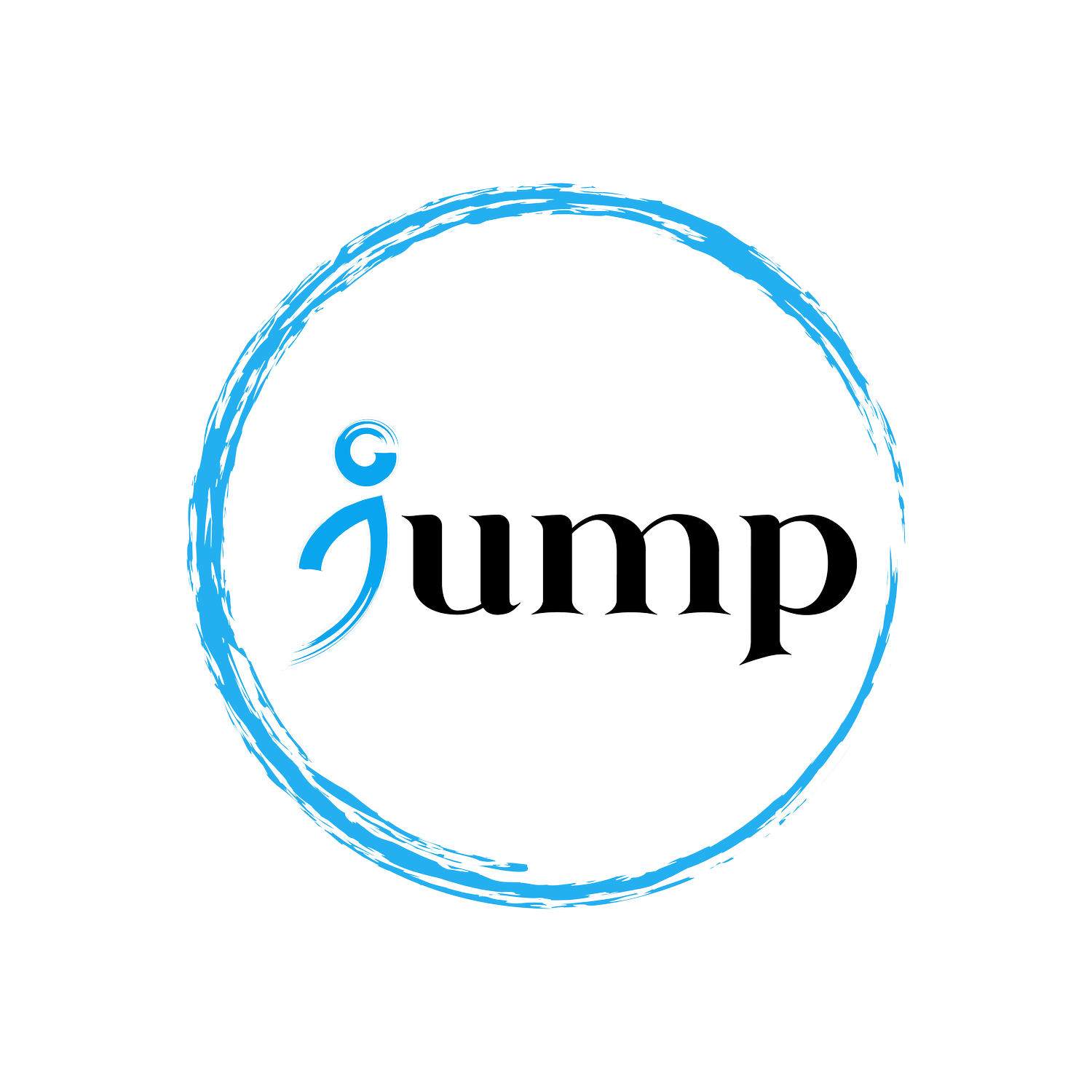COACH CREEP!
/“Coach Creep” is a term used to describe the tendency for an organization’s coaching strategy (assuming one is in place) to drift beyond its stated goals, expectations, cost and impact. Some common characteristics of Coach Creep include:
Cumulative Changes: Coach Creep often happens gradually, with small changes being introduced over time. These changes may seem insignificant on their own, but can accumulate and have a significant impact on the overall coaching strategy. For example, organization members will bring in their own coach based on initial needs and not adhere to or be part of the overall organizational strategy in using coaching.
Reduced control: Coach Creep can occur when there is a lack of control over - vetting of coaches, alignment of organizational goals or when stakeholders are not clear on what the coaching strategy should deliver. Is there a process defined to vet the coaches introduced into the organization? Are you confident the coaches have the necessary training and credentials to provide competent coaching services for your specific needs? Who’s hiring coaches - are they part of the overall coaching strategy? This can lead to new expectations or goals being introduced without proper organizational approval. This will lead to a lack of visibility and control of the overall coaching costs incurred, quality of coaching received and impact the coaching strategy is having on the organizational goals.
Expectations communicated: Poor communication between stakeholders and teams can lead to misunderstandings about coaching requirements and expectations. This can lead to Coach Creep as stakeholders may assume certain results that were not initially agreed upon or fit in the organizational coaching strategy or the organizational goals. How is it communicated that the coaching strategy is in alignment with the organizational goals and objectives? How are you measuring the impact of the coaching services provided?
Effect change: Sometimes, Coach Creep can happen when stakeholders are resistant to change or hesitant to make decisions. This can lead to delays in coaching delivery and increased costs as additional resources may be required to address the changes. Is the value of coaching understood?
Poor documentation: Poor documentation of goals, expectations, and decisions can make it difficult to manage the scope of the coaching strategy and control changes. Without proper documentation, it can be hard to monitor changes and ensure that they are aligned with the organizations goals and values. Coaching is about partnering with clients to help them achieve their goals, if the coaching strategy is not supporting organizational goals this could result in misuse of coaching resources. Having proper documentations is also aligned with the competency of establishing and maintaining agreements.
It's important for leaders to be aware of the potential for Coach Creep and take proactive measures to mitigate it. This may include establishing clear requirements and objectives, communicating effectively with stakeholders, monitoring changes closely, and maintaining detailed documentation. If your coaching strategy is decentralized, there is a significant risk coaching costs will become excessive and desired outcomes not realized.


